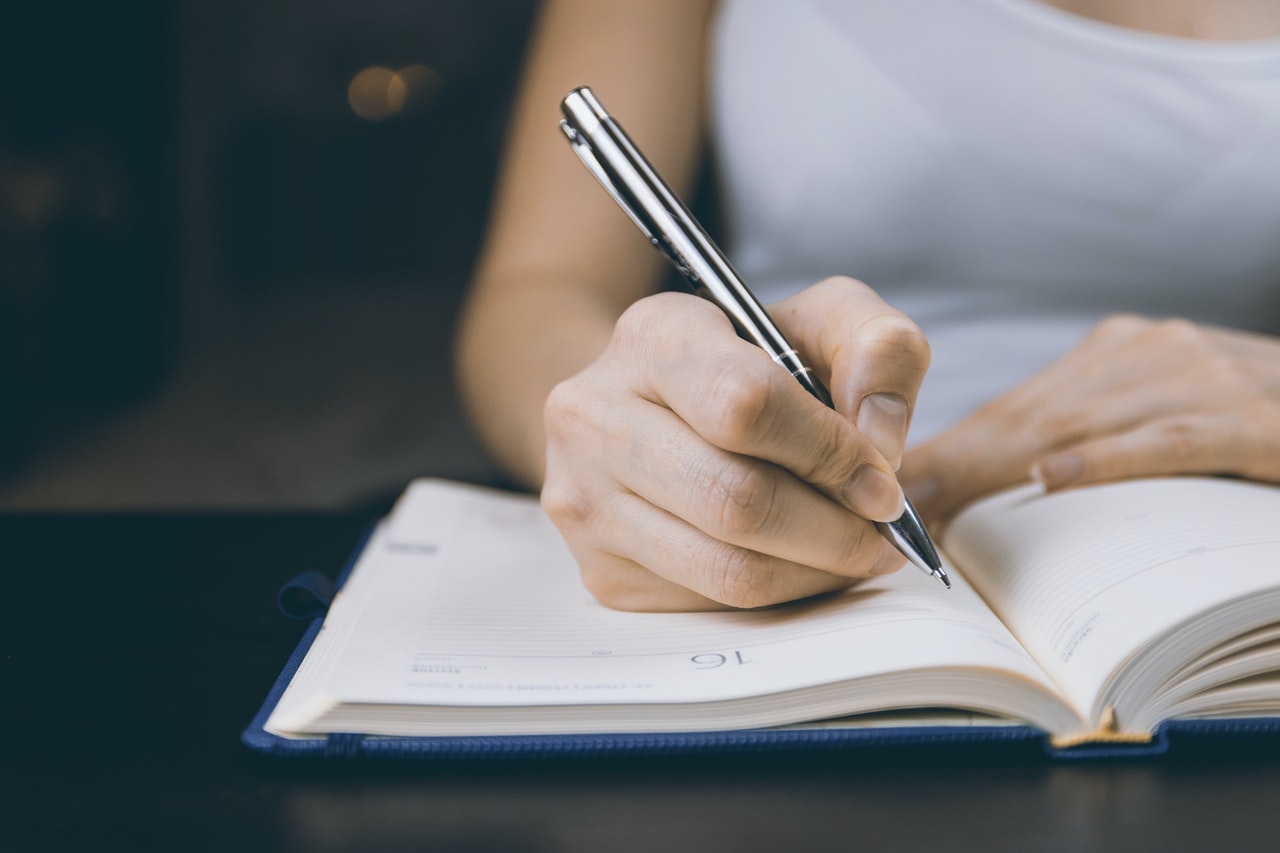As a child, I’d only ever write in longhand. But having been a technology fan for as long as I can remember, after finishing my formal studies and entering the workforce I increasingly believed that by using digital tools to take my notes, I would increase my productivity. And so, throughout the years, I started by migrating my diary, then notes on procedures, until I started typing everything into my computer including meetings and, “got rid of paper”.
The digital revolution made me forget about paper
This didn’t come without downsides though. I started noticing that I couldn’t remember my notes so clearly when I typed them into the computer. However, for a couple of years, I persisted, convinced that it was probably a matter of practice in order to get used and improve my process. Looking back, I guess I didn’t really want to go back to paper because it was so easy to have everything in digital.
Not only I was able to type a lot faster than to write, but I also had the possibility to quickly search for keywords in my notes the day after or even a year after. Also, the security of the information was assured as I always had a backup routine in place.
I needed to change my note-taking strategy
It really seemed like a no-brainer choice. All these advantages eluded me for long enough, but the drop in my memory performance kept bugging me. I researched on how to improve my memory and came across several writings that pointed how important was to use the right side of the brain to improve information retention. This meant I had to take advantage of my senses and my creative self instead of using mostly the logical strict left side of the brain.
Give handwriting a second chance, I started to write in longhand again
So I decided to give it a go with going back to writing in longhand. I would write my tasks, meeting notes and projects in a dotted notebook. Almost immediately I felt my productivity going up. Surprisingly, during meetings, I was writing more slowly, but at the same time, that’s exactly what made me improve my comprehension and retention.
I was no longer processing the information shallowly or recording verbatim what was discussed. The point is that I had to choose, on the fly, which key points to write down, and summarize information. This synthetization process allows the brain to create more and better connections with the information you’re processing. Also, the feel of the pen and paper is somewhat calming.
As suggested by studies by Mueller and Oppenheimer of the University of California, Los Angeles, writing in longhand increases comprehension and memory retention. They also found that taking notes on your laptop can actually negatively affect learning performance.
Apparently, the brain activates different areas when typing versus when writing. From Indiana University, Karin James discovered that when writing in longhand, a distinct neural pathway is activated.
Not so bad after all
Although you don’t get a search function on paper, by writing sequentially on the pages of a notebook, you end up having a pretty good grasp of the timeline when you wrote something you need to refer back to. You’re able to discern if it should be on the page before, or twenty pages before because as you skim back, other information you wrote previously gives you clues as to whether your getting closer to what you’re looking for. And without noticing it, you improve learning.
So although I still believe in technology to create great tools that improve productivity, learning by typing in a computer is not one of them. In order to improve comprehension and retention, we should write in longhand and in the process get to summarize and capture the essence of the information.
Photo by JESHOOTS.com from Pexels
